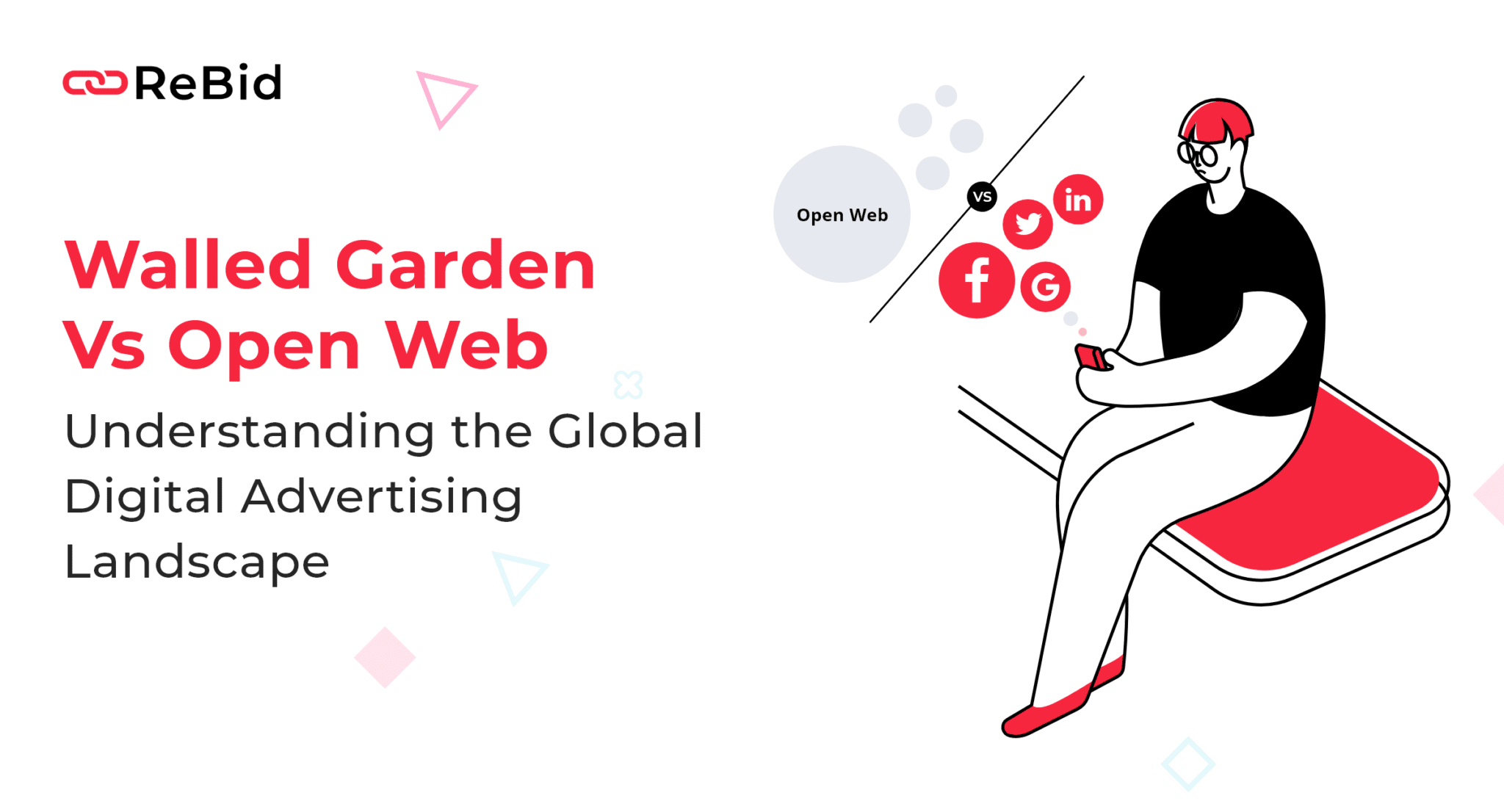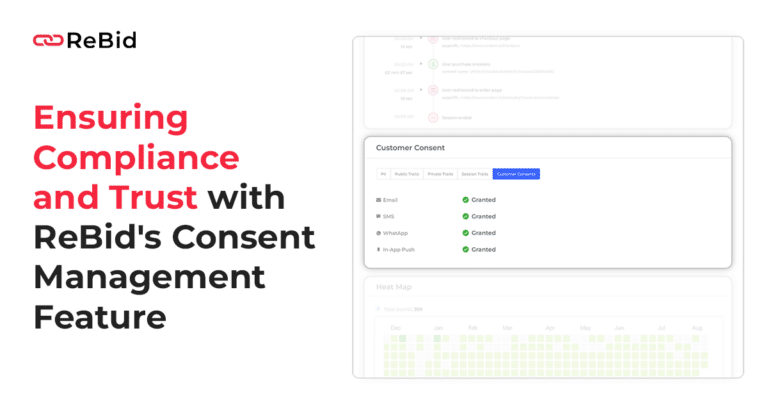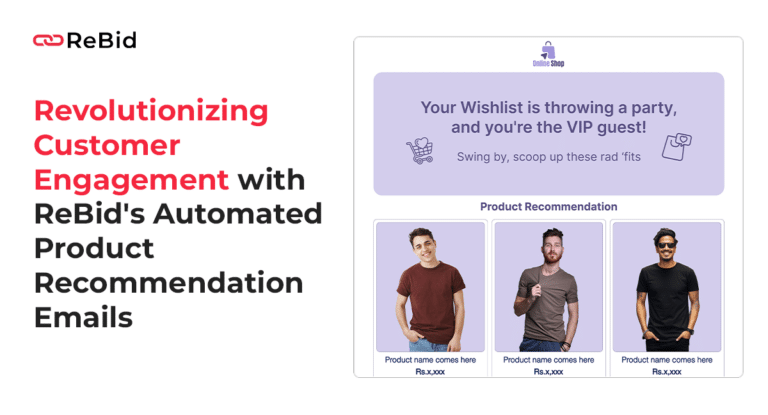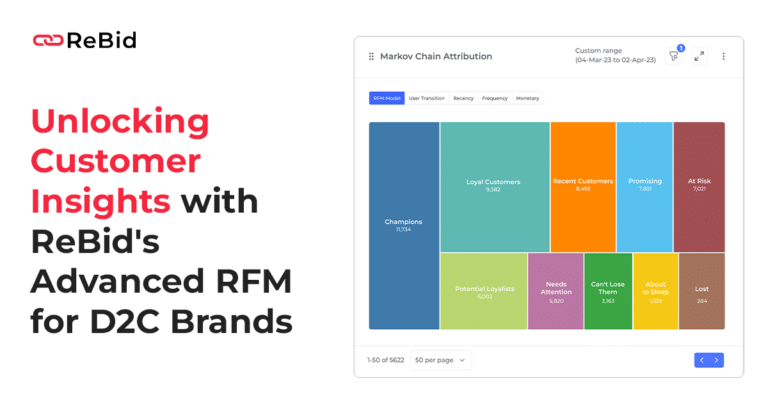Walled garden vs Open web is the rivalry of the Global Digital Landscape. Digital advertising efforts often feel daunting when relying on walled gardens like Facebook and Google. Is it worth the hoops that you jump through to obtain data and ad space transparently? Do we have other competitive Open Web options out there?
Well, let’s find out by exploring the walled garden ecosystem and its contrast with the open web. Is one better than the other? How should a brand decide which one to go for?
Walled Gardens: Guarding The Forbidden Fruits of Data
Walled gardens are those sources of data that are accessible only to the owners. They have so much first-party data that any brand would want to broker a deal with them, even if it costs an arm and a leg.
Given the vast scope of control Facebook and other walled gardens have over their data, one can safely assume that their data is accurate. The entire loop is safe because it’s proprietary and monitored.
Furthermore, by virtue of their cross-device functionality, a walled garden’s data will automatically be more valuable since the brand can gauge their user base across different devices. This helps achieve a higher degree of tracking, which enriches their advertising insights.
The biggest drawback of a walled garden is its walled or siloed nature. It is impossible to know whether the campaigns you are running through a walled garden are running as efficiently and effectively as possible. This is because you don’t have a deep, real-time insight into the metrics that a walled garden uses.
This leads to issues with optimization. How can you improve campaign performance without real-time insight? How do you integrate the insights when they exist in a black box?
All of these result in walled gardens being a costly option.
Another facet of walled gardens is that they are not agile. It takes weeks before you can tailor your campaigns here to take advantage of new channels and opportunities. This slows down a growing market for advertisers with no trace of automation.
Facebook, Google, etc., each has its own set of leverages. These ensure they do not need to bother breaking down the walls. So, is there another option?
Open Garden: Jumping Over the Walls Instead of Breaking Them for the Open Web?
The open web, i.e., all the data sources that lie outside of walled gardens, are as pliable, if not more, than data in walled gardens. However, brands are reluctant to go beyond walled gardens since, conventionally, that’s where the audience is.
However, this is changing due to polarized attitudes related to social media fatigue and privacy issues. So, the open web is ripe for the picking.
The main benefit of the open web is its transparency. As a global data market, it benefits publishers, viewers, brands, and ultimately the end customer with its broad access to information. The open web helps businesses to create an agile marketing strategy.
Furthermore, this transparency will lead to efficiency and lower costs since you target a pool of viewers there, not just because they like to mindlessly scroll through reels.
The primary drawback of the open web right now is the not-so-sophisticated organization of the data. The data cannot be mined as quickly as in walled gardens, which have advanced capabilities for targeting and bidding.
Get Started with ReBid Buy unified platform to plan, manage and scale your digital media buying requirements
Ok, But How Do I Choose, Walled garden vs Open web?
Any choice related to your advertising strategy depends mainly on your business goals and audience segments. But we will tell you this – in the open web vs. walled garden debate, it is best to not keep your eggs in one basket.
Walled gardens are powerful now, but they might not be forever.
On the other hand, the open web is growing and fast.
You should try to allocate your digital spends across both channels to achieve high ad revenue. To strengthen your campaign execution through Open Web, build your own advertising ecosystem. This should consist of first party data. It should also have direct contracts with DSPs that can provide precise targeting on the global pool of inventories available via SSPs and Exchanges. Most importantly invest in tools and strategies that can combine your online and offline data.
Can You Help?
Of course! ReBid has integrations and partnerships in place across the walled gardens and open web ecosystems to empower our customers with the channels that work best for them. Hence you now do not have to choose between Walled Garden vs Open Web.
More importantly, ReBid has assisted brands in their journey to position themselves in the open web or optimize their usage of walled gardens. So hit us up, and we will come with a plan unique to your business model to get you started on either or both of these mediums.





